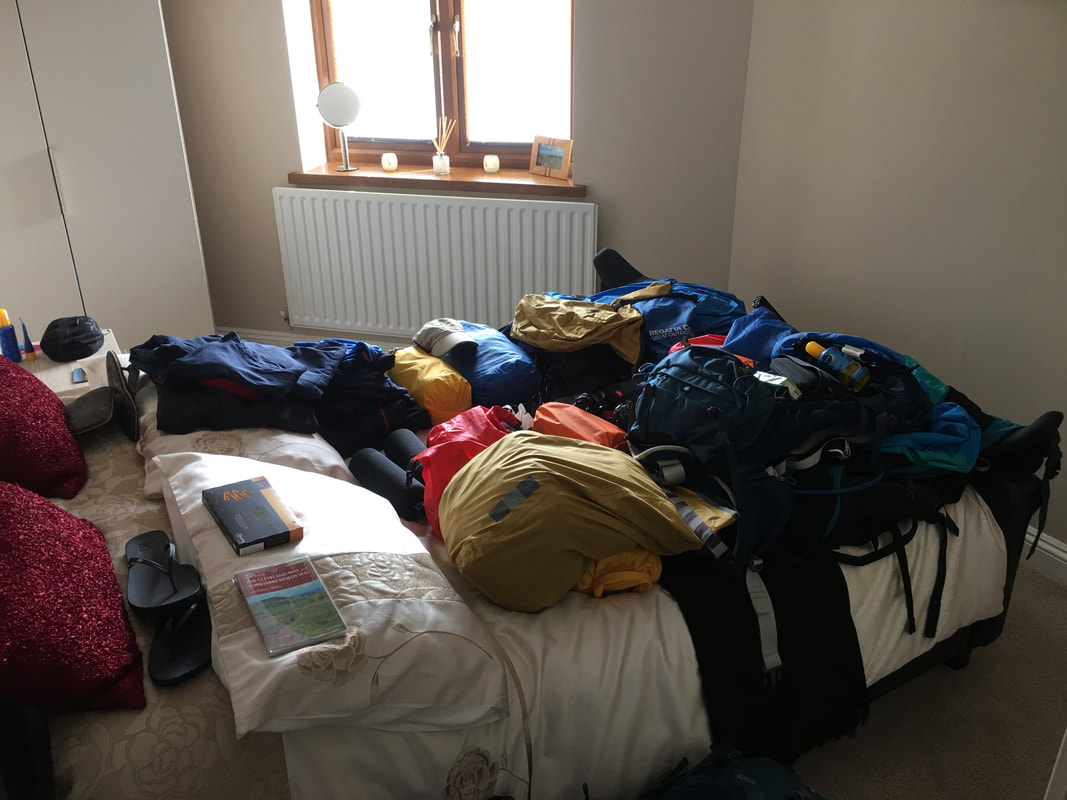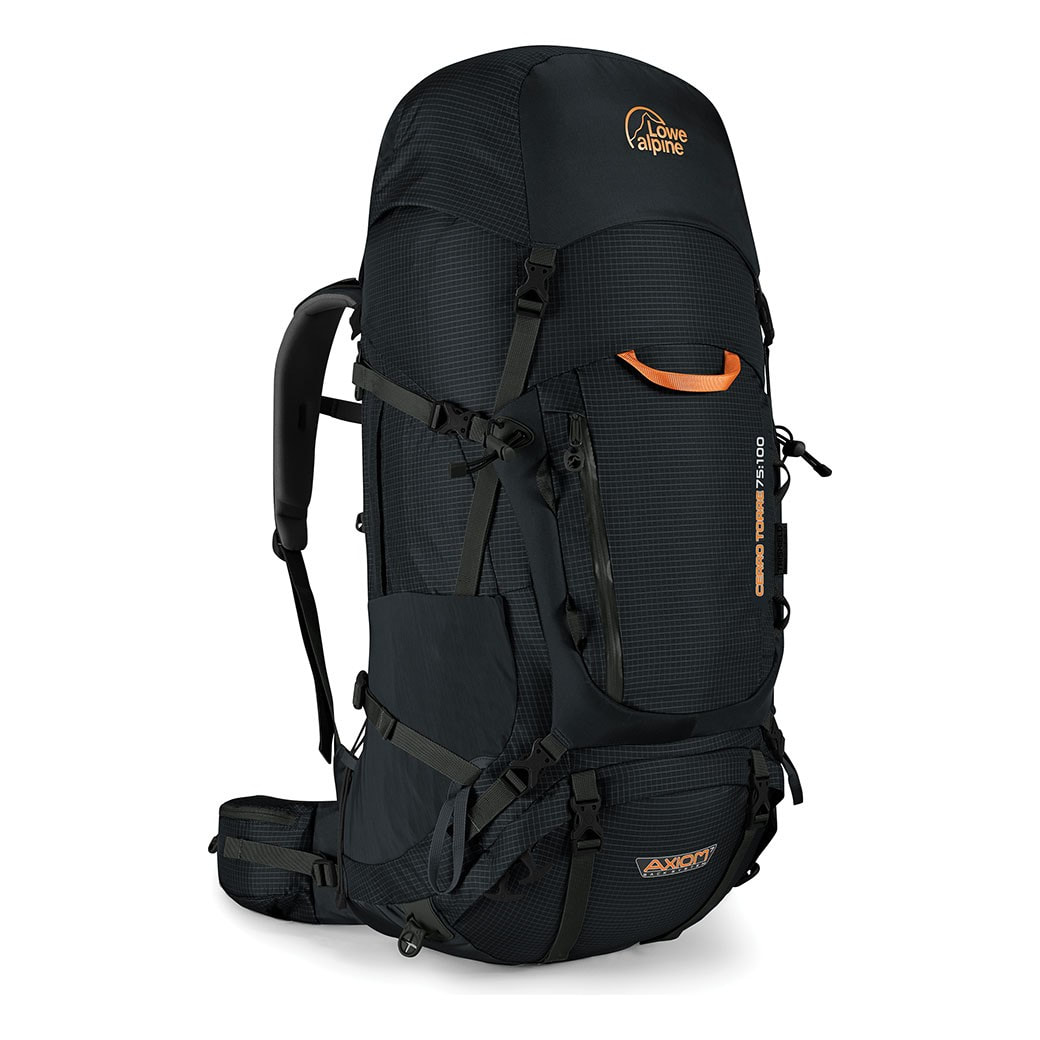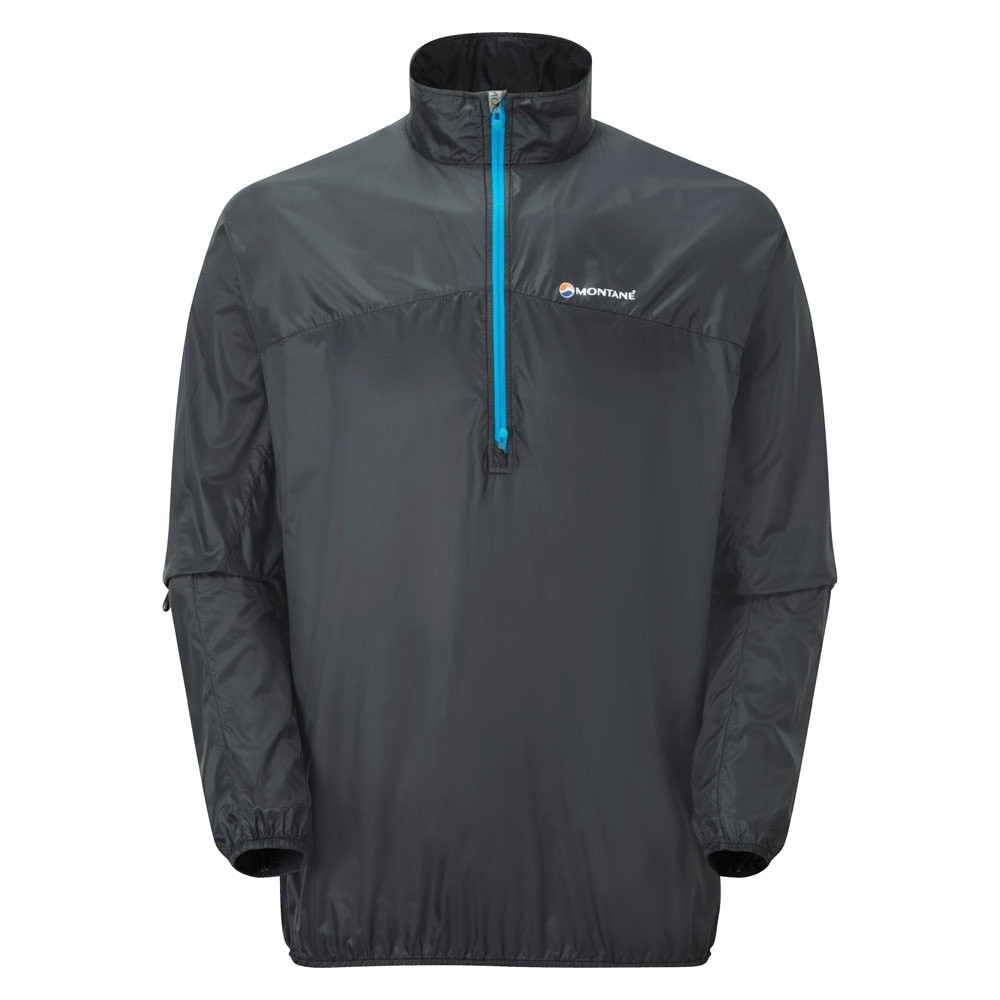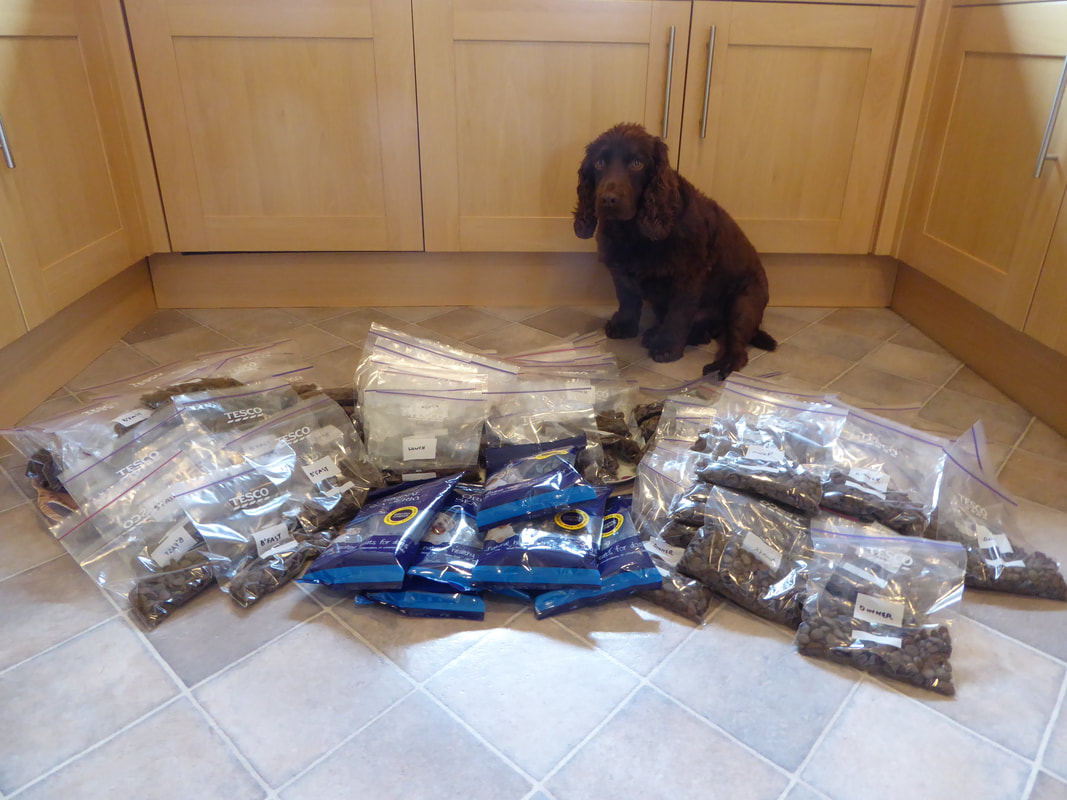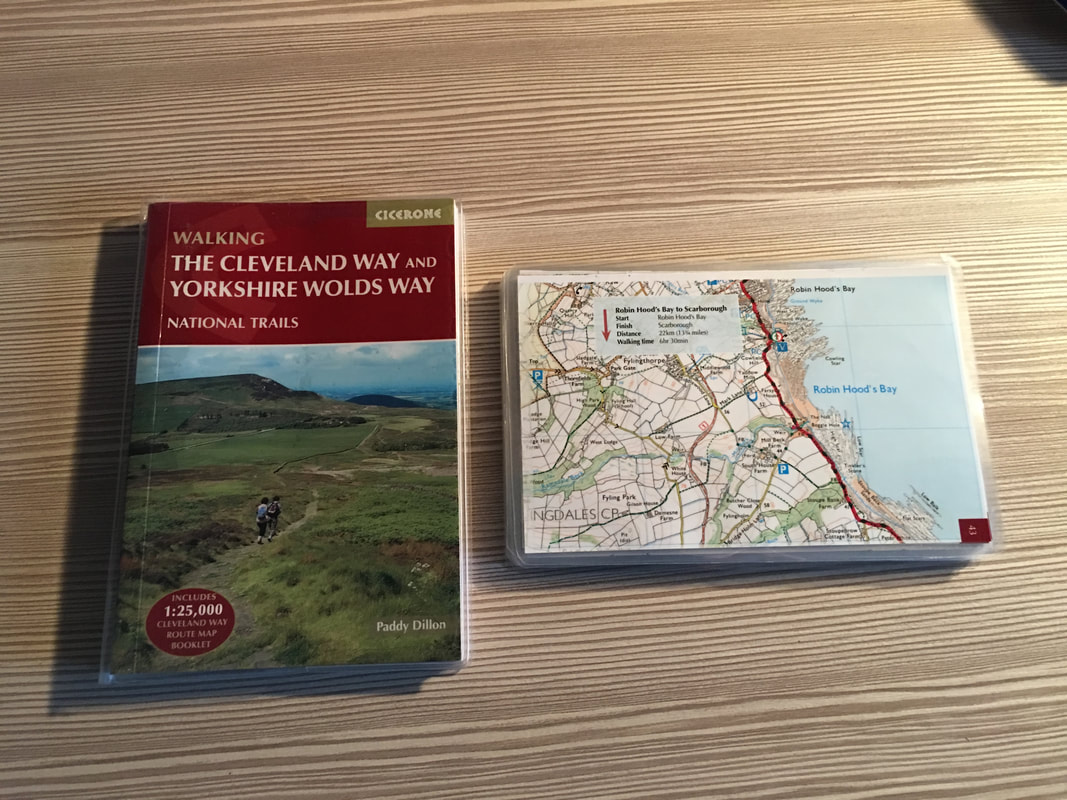Cleveland Way & Tabular Hills 2018 - Charity, Planning & Preparation
Our Charity
As with our South West Coast Path walk in 2017, we tried to raise as much money as we could for Spaniel Aid. This wonderful Charity is run completely by volunteers who own Spaniels themselves. They aim to advise owners of the dangers with advertising dogs on internet selling sites and to take into their care any dogs whose welfare concerns them. They have become increasingly concerned by the number of these wonderful dogs being offered for sale – or worse. Spaniel Aid place dogs into foster care and then assess them for rehoming to suitable “forever” homes thus giving many dogs a second chance. They need every penny they can get in order to provide this wonderful service.
As with our South West Coast Path walk in 2017, we tried to raise as much money as we could for Spaniel Aid. This wonderful Charity is run completely by volunteers who own Spaniels themselves. They aim to advise owners of the dangers with advertising dogs on internet selling sites and to take into their care any dogs whose welfare concerns them. They have become increasingly concerned by the number of these wonderful dogs being offered for sale – or worse. Spaniel Aid place dogs into foster care and then assess them for rehoming to suitable “forever” homes thus giving many dogs a second chance. They need every penny they can get in order to provide this wonderful service.
Planning - Initial Thoughts
As they say the devil is in the detail! We first started planning this journey roughly a year before we started. Having planned long distance walks before we were keen to get our accommodation pretty much boxed off in fairly short order. In addition to this, the question was posed as to when to start. We did not want to walk in the busy months of July & August as the route and accommodation would be busy therefore we plumped for May & June.
Accommodation
By and large we had no problems actually booking our accommodation - just had to really look hard to find that there actually was dog friendly accommodation in the Dalby Forest. Most B&Bs were happy to take a booking a year in advance. It was just a question of keeping tabs on what we had and had not booked via a simple Excel Spreadsheet. Due to having to cater for our dog Fudge, we found that some stops on our itinerary did not have any dog friendly accommodation therefore we had to think outside the box a little bit. Suffice to say we managed to utilise public transport and also the flexibility and kindness of our B&B in Ingleby Cross. This brings with it the added bonus that we stayed in some B&Bs for several days at a time - so good were the transport links. This also meant that on occasion we would be able to walk with lighter packs which was a real bonus. On a general note, don't be afraid to ask B&Bs what else they are able to provide (for a charge of course) - they are generally ok with providing transport as long as you ask early enough.
Fitness
Anyone undertaking a long distance walk should not underestimate how hard it really is. To prepare it is recommended that in the preceding months you get used to walking with weight on your shoulders (particularly if wild camping or you are not using baggage transfer) and for a significant distance. We also made sure we did plenty of cardio vascular exercise in the lead up to the walk. Additionally, it does help to stretch out the hamstring, calf, groin and quads before, during and after each days walking.
Feet
The most important aspect of any long distance walk is how you look after your feet. We have a regime for any walk we do and that is on a daily basis tape up any areas of your feet which have suffered blisters/rubbing in the past. Use a micro porous tape to protect each area. Additionally, once taped up, smear vaseline around the sole of the feet and in between the toes - it really does make a difference. During the walk it is important to air your feet and let them breathe out of the boots - you may also wish to change your socks, particularly on the longer days - on the days we did this then we applied a soothing foot spray too. In the evening and after a bath/shower you can also apply some Peppermint Foot Lotion which will soothe aching feet.
Kit
As they say the devil is in the detail! We first started planning this journey roughly a year before we started. Having planned long distance walks before we were keen to get our accommodation pretty much boxed off in fairly short order. In addition to this, the question was posed as to when to start. We did not want to walk in the busy months of July & August as the route and accommodation would be busy therefore we plumped for May & June.
Accommodation
By and large we had no problems actually booking our accommodation - just had to really look hard to find that there actually was dog friendly accommodation in the Dalby Forest. Most B&Bs were happy to take a booking a year in advance. It was just a question of keeping tabs on what we had and had not booked via a simple Excel Spreadsheet. Due to having to cater for our dog Fudge, we found that some stops on our itinerary did not have any dog friendly accommodation therefore we had to think outside the box a little bit. Suffice to say we managed to utilise public transport and also the flexibility and kindness of our B&B in Ingleby Cross. This brings with it the added bonus that we stayed in some B&Bs for several days at a time - so good were the transport links. This also meant that on occasion we would be able to walk with lighter packs which was a real bonus. On a general note, don't be afraid to ask B&Bs what else they are able to provide (for a charge of course) - they are generally ok with providing transport as long as you ask early enough.
Fitness
Anyone undertaking a long distance walk should not underestimate how hard it really is. To prepare it is recommended that in the preceding months you get used to walking with weight on your shoulders (particularly if wild camping or you are not using baggage transfer) and for a significant distance. We also made sure we did plenty of cardio vascular exercise in the lead up to the walk. Additionally, it does help to stretch out the hamstring, calf, groin and quads before, during and after each days walking.
Feet
The most important aspect of any long distance walk is how you look after your feet. We have a regime for any walk we do and that is on a daily basis tape up any areas of your feet which have suffered blisters/rubbing in the past. Use a micro porous tape to protect each area. Additionally, once taped up, smear vaseline around the sole of the feet and in between the toes - it really does make a difference. During the walk it is important to air your feet and let them breathe out of the boots - you may also wish to change your socks, particularly on the longer days - on the days we did this then we applied a soothing foot spray too. In the evening and after a bath/shower you can also apply some Peppermint Foot Lotion which will soothe aching feet.
Kit
A bit less kit than the South West Coast Path last year - but not much!
|
Rucksacks We thought long & hard about whether or not to use a Baggage Transfer service. Suffice to say, having completed the South West Coast Path carrying all our kit we decided to do the same for this much shorter walk. To that end we used our 75:100 Lowe Alpine Cerro Torre Rucksacks (opposite) - extremely comfortable and versatile with plenty of room. They do both a Gents & Ladies version. |
|
Boots
After the failure last year of our Salomon Fabric Boots we reverted to leather this year. We both have Scarpas and there is no doubt that whilst they may be slightly heavier, what they lose in weight they more than make up for in comfort and reliability. We had these well worn in before we commenced the walk. Depending upon space in your rucksack, you may wish to consider taking a pair of trail shoes for the flatter sections of the path.
After the failure last year of our Salomon Fabric Boots we reverted to leather this year. We both have Scarpas and there is no doubt that whilst they may be slightly heavier, what they lose in weight they more than make up for in comfort and reliability. We had these well worn in before we commenced the walk. Depending upon space in your rucksack, you may wish to consider taking a pair of trail shoes for the flatter sections of the path.
|
Daily Wear
We were lucky with the weather for the most part therefore hardly wore a fleece. We both wore Ron Hill light leggings and a cool max t-shirt although when the wind did blow and on the occasions we had a bit of light rain then we wore our featherlite pull on jackets. The one opposite is the Montane version - we had the Rab (Dave) and a Paramo (Angie) version. The jacket rolls up to nothing and weighs virtually the same. A fantastic piece of kit. |
|
|
Can I eat it now?
|
Food & Water
As always, one of the main issues we had in the planning stage was what to do about our dog Fudge's food. Obviously we could not carry it all for the entire journey (although the weight would decrease daily) as it was simply too heavy. In the end we sent a box of his food to our B&B in Scarborough - the remainder we carried. This worked very well and enabled us to keep our daily weight to a manageable level. |
As far as feeding ourselves then it was just a matter of getting as much calories inside us each day as we could. We tried to vary our breakfast intake as much as possible - lots of cereal & fruit plus the odd bit of fried food but not much. Lunch was normally snack bars, cake etc with a big meal in the evening.
Water is vitally important on a walk such as this. We did ensure that we had places to top up on a daily basis and also made sure we got as much water into our system when needed. We had some pretty humid days during the walk therefore it was vital that our water intake was sustainable. Additionally, it was vitally important not to forget Fudge - he drank a lot on a daily basis and also took every opportunity to swim and prat around in the water.
Therefore, before leaving for the day we had a 2 Litre Camelbak each plus 2 x 1 litre water bottles for Fudge. Every opportunity was taken to top up whenever we needed to.
Therefore, before leaving for the day we had a 2 Litre Camelbak each plus 2 x 1 litre water bottles for Fudge. Every opportunity was taken to top up whenever we needed to.
Mapping
The thought of having to carry a load of OS Maps knowing we would probably not need them filled us with dread. At the end of the day we decided to dispense with carrying the OS Maps and instead used the maps from the Cicerone Guide (below) backed up by our trusty Satmap Active 20 GPS. Like before, we cut up the maps and laminated the pages. The advantage of doing this is because they are laminated then they do not disintegrate when wet. This worked very well.
The thought of having to carry a load of OS Maps knowing we would probably not need them filled us with dread. At the end of the day we decided to dispense with carrying the OS Maps and instead used the maps from the Cicerone Guide (below) backed up by our trusty Satmap Active 20 GPS. Like before, we cut up the maps and laminated the pages. The advantage of doing this is because they are laminated then they do not disintegrate when wet. This worked very well.
